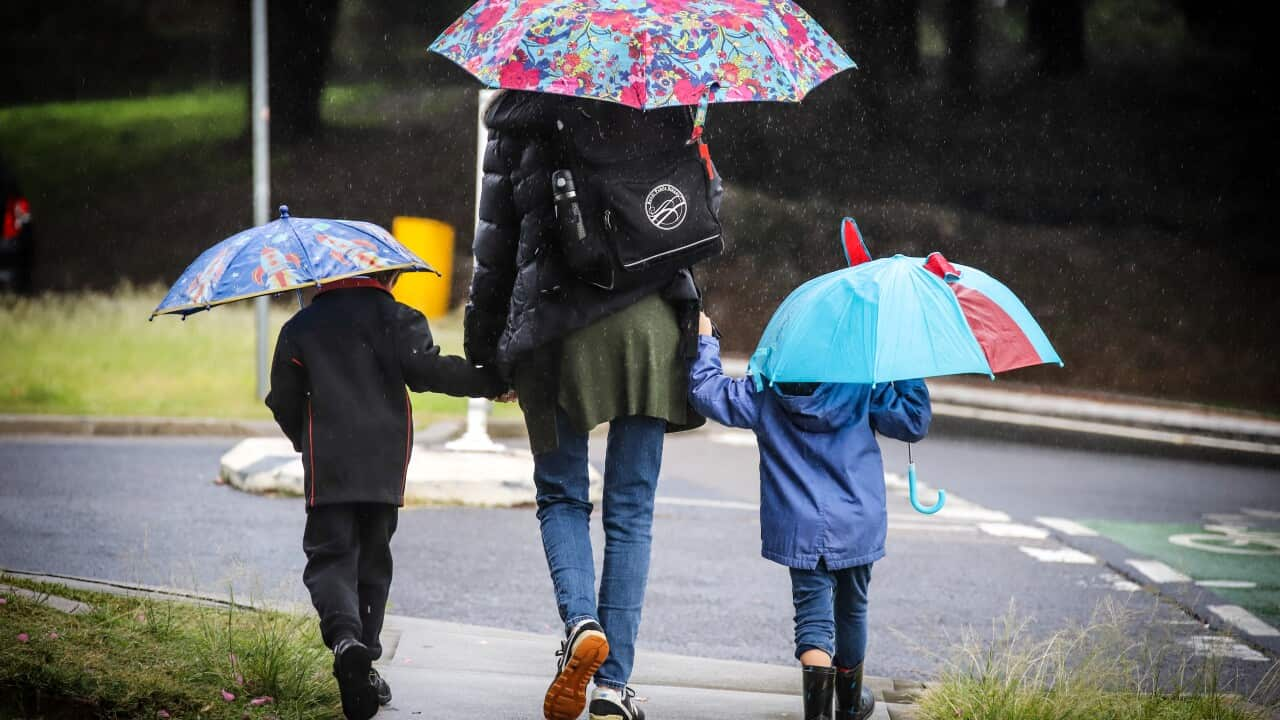Key Points
- More than half of private schools in Australia now receive more funding per student than comparable public schools.
- The funding gap per student is as large as $7,282, according to Australian Education Union data.
- The public school funding shortfall from reaching 100 per cent of the resource standard is $4.3 billion in 2024.
The funding gap between Australia's private and public schools is only deepening, new data by the Australian Education Union (AEU) reveals.
On average, each private school will receive $462 per student above their full Schooling Resource Standard (SRS) in combined government funding in 2024, the report said.
Meanwhile, every public school will be underfunded by $2509 per student.
The largest gap recorded was $7282 per student between two comparable private and public schools in Victoria.
If current arrangements continue, extrapolated data has exposed a grim five-year outlook.
Public schools will be underfunded by $31.7 billion between 2024–2028, while private schools will be overfunded by $2.1 billion during the same period.
The SRS is the minimum funding level a school needs to meet its students' educational needs. It is calculated by the federal Department of Education each school year.
'Governments have lost their way'
The AEU's report is based on school finance data that shows more than half of the nation's private schools (56 per cent) receive more combined government funding per student than public schools of similar size, location and with similar student needs.

A coalition of education ministers join the Australian Education Union (AEU) federal president Correna Haythorpe to appeal for school funding on Wednesday. Source: AAP / Mick Tsikas
"This unfair private school funding advantage translates into a school resourcing and staffing advantage and has fuelled a private school capital works boom while at the same time denying public schools the recurrent funding needed to attract and retain teachers and to address the high level of student needs in the classroom," she said.
"Since 2011, governments have lost their way with school funding."
School funding for the next decade is now negotiated between governments.
The report's main recommendation is that every school be funded at 100 per cent of the resource standard.
This would be achieved by replacing the 20 per cent cap on Commonwealth resource standard contributions to public schools with a 25 per cent floor and ensuring state and territory governments met their 75 per cent share of the standard.
This year, the public school funding shortfall from failing to reach 100 per cent of SRS was recorded at $4.3 billion.
The government’s conditional offer
Education Minister Jason Clare has signed an agreement that fully funds Western Australian schools.
The largest gap in Western Australia is a private school funded by the government at $3,608 more per student than a comparable public school.

Education Minister Jason Clare has asked five states holding out on a deal for federal public school funding to sign up. Source: AAP / Mick Tsikas
Clare said it was not a remedy, nor was it a blank cheque, and has made it clear the offer would lapse by the end of September if states and territories did not sign up.
"This funding is going to be tied to the sort of things to help turn around the current decline in students finishing high school."
The decline in public students completing Year 12 "keeps me up at night" and "we have got to turn this around," he said.
Next month, Clare will introduce legislation to axe the 20 per cent federal funding cap "and make that a floor to build upon".











